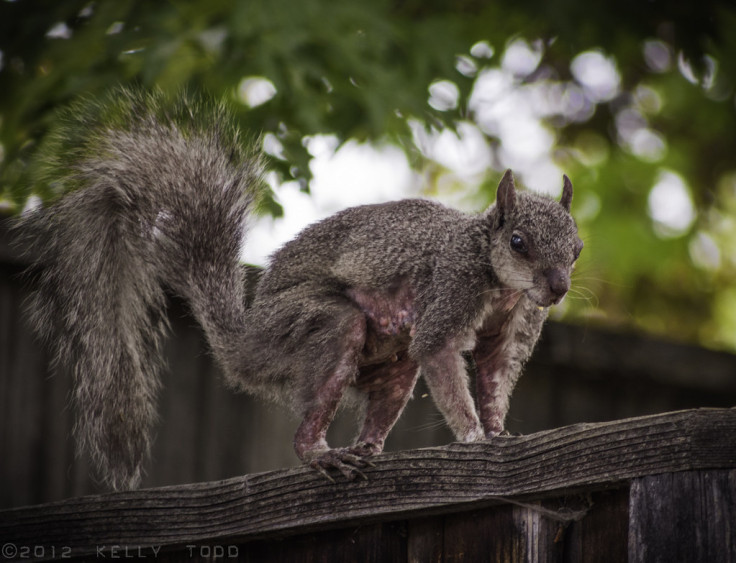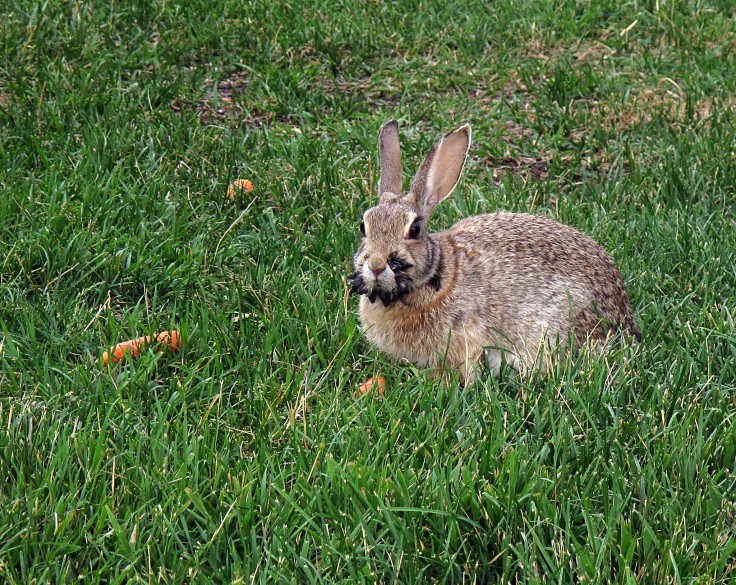First, Rabbits with Tentacles. Now, Zombie Squirrels with Pus-Filled Tumours — What's Going On?
From horned hares to wart-covered squirrels, viral infections are reshaping wildlife appearances — but are they a threat to humans or just nature's oddities?

Wildlife watchers across North America have shared images of rabbits with horn-like spikes and squirrels with wart-like growths, fuelling viral panic.
Biologists say two long-known, species-specific viruses are to blame: Shope papillomavirus in cottontail rabbits and leporipoxvirus causing squirrel fibromatosis. Both conditions look shocking yet do not infect humans.
Pertinently, first came the 'Frankenstein rabbits' in Colorado, spotted with black, horn-like tentacles sprouting from their faces. Now, squirrels across the US and Canada are being dubbed 'zombie squirrels' due to pus-filled tumours and bald patches that make them look like something out of a horror film.
The Tentacled Rabbits of Colorado

Residents in Fort Collins, Colorado, began reporting sightings of wild cottontail rabbits with black, tentacle-like growths around their mouths and heads. Wildlife officials have identified the cause as Shope papillomavirus (SPV), a rabbit-specific virus that produces wart-like tumours called papillomas.
- The virus is spread by biting insects such as fleas and ticks.
- It is not transmissible to humans or other animals.
- While visually alarming, the growths often resolve on their own unless they interfere with the rabbit's ability to eat or see.
Some researchers believe these antler-like growths may have inspired the North American jackalope legend.
Zombie Squirrels and Squirrel Fibromatosis
Meanwhile, in states like Maine and across parts of Canada, grey squirrels have been spotted with pus-filled, wart-like tumours covering their faces, limbs, and even genitals. The condition is known as squirrel fibromatosis, caused by the leporipoxvirus, a viral skin disease that spreads through direct contact.
- Transmission occurs via saliva or lesions, often at bird feeders where squirrels congregate.
- The disease resembles the transmission of herpes in humans.
- Most cases resolve within 4–8 weeks, though severe infections can affect internal organs and be fatal.

Wildlife biologist Shevenell Webb of Maine's Department of Inland Fisheries and Wildlife explained:
'It's like when you get a large concentration of people. If someone is sick and it spreads easily, others are going to catch it.'
Not a Threat to Humans — But Still a Concern
Experts stress that neither SPV in rabbits nor leporipoxvirus in squirrels poses a threat to humans, pets, or birds. However, residents are advised:
- Do not touch or attempt to treat infected animals.
- Avoid placing bird feeders in areas where squirrels congregate, as shared food sources can facilitate the transmission of diseases.
- Report sightings to local wildlife agencies if animals appear severely affected.
'I would not recommend trying to capture a squirrel that has the virus,' Webb cautioned. 'It is naturally occurring and will run its course in time.'
What's Behind the Surge?
The rise in sightings since mid-2023 may be linked to warmer weather, increased insect activity, and urban feeding habits. While the conditions are not new, their viral appearance on social media has amplified public concern.
How This Differs From the UK's Squirrelpox Problem
For context, the UK's major squirrel disease issue is squirrelpox in native red squirrels—a different virus scenario that can be rapidly lethal to reds and is more prevalent there than fibromatosis. That crisis is separate from the current North American reports of leporipoxvirus-driven fibromas.
© Copyright IBTimes 2025. All rights reserved.




















